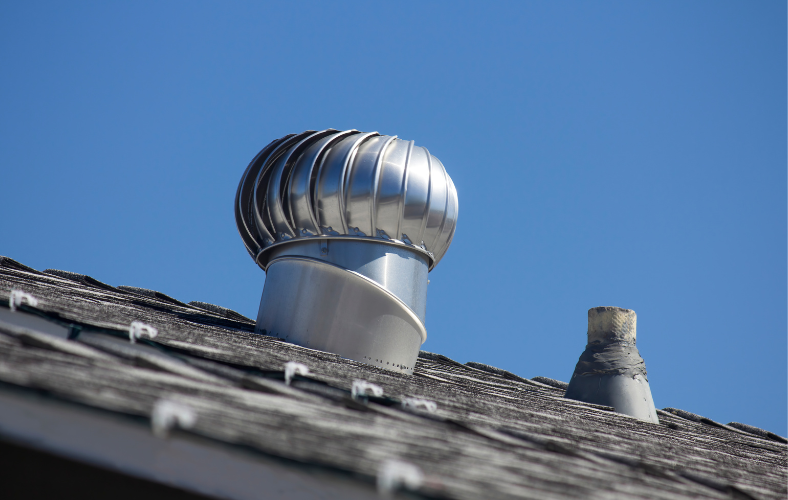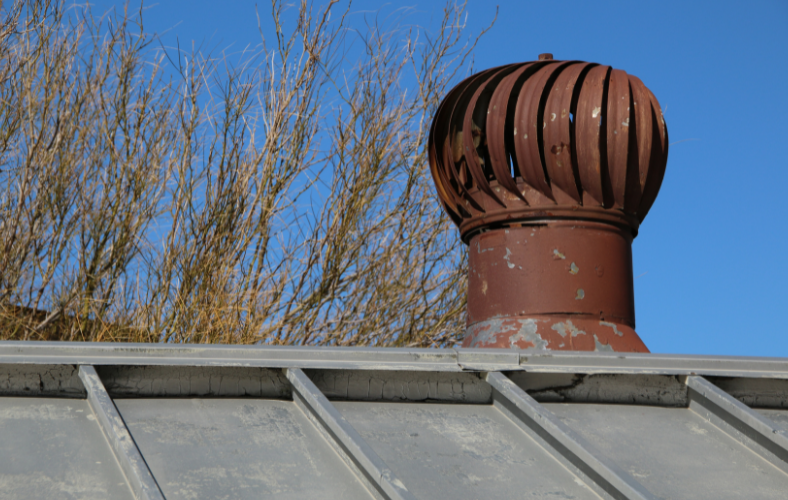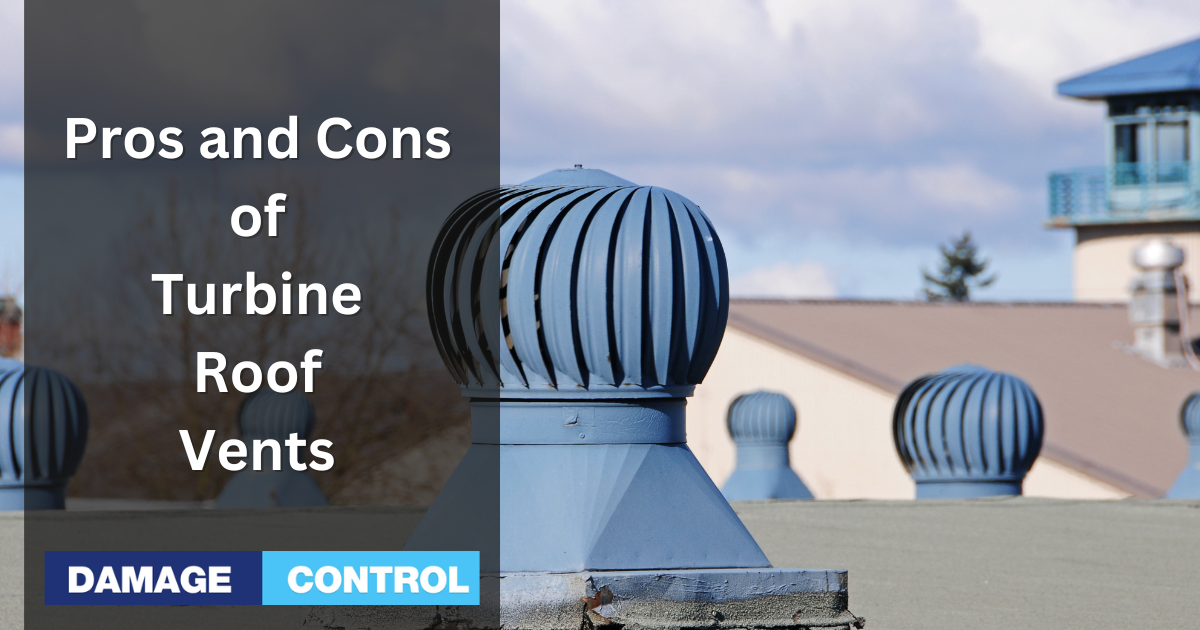For many homeowners, ensuring proper ventilation for their homes is a top priority, not only to maintain the structural integrity of the roof but also to create a comfortable indoor environment.
Among the myriad of ventilation options available, roof turbine vents, often known as “whirlybirds”, have been a popular choice for decades. These spinning devices, prominently perched on rooftops, harness the power of the wind to expel hot, stale air from the attic, contributing to a balanced and efficient ventilation system.
While they have been praised for their eco-friendliness and effectiveness, it is essential to understand both their advantages and potential drawbacks before installing them. This article seeks to delve into the world of roof turbine vents, shedding light on their pros and cons, and aiding homeowners in making an informed decision.
Here's a quick rundown of the pros and cons, then we'll get into the details below.
Pros
- Energy efficient
- Effective ventilation
- Affordable
- Works On Any Roof Size
Cons
- Relies on wind to function
- Requires regular maintenance
- Can cause structural damage
- Prone to rust
- Prone to leaking
- Noisy
- Easy for pests to enter
Pros of Turbine Roof Vents

Turbine roof vents are an excellent addition to any property that requires proper ventilation. These vents are highly efficient, cost-effective, and ideal for any property size. In this section, we will discuss the pros of turbine roof vents in detail.
Energy Efficiency
One of the most significant advantages of turbine roof vents is their energy efficiency. These vents do not require any electricity to operate, making them an eco-friendly solution for ventilation. They work by harnessing the power of wind to create a natural flow of air in the attic. As a result, this reduces the workload on your air conditioning system, resulting in lower energy bills.
Effective Ventilation
Turbine roof vents are highly effective in ventilating your attic space. They work by drawing hot air out of the attic, which reduces the temperature and prevents moisture buildup. This helps to preserve the integrity of your roof and prevent mold and mildew growth. Additionally, proper ventilation can extend the lifespan of your roofing materials, saving you money in the long run.
Affordable
Compared to other ventilation solutions, turbine roof vents are relatively affordable. They are easy to install and require little maintenance, making them a cost-effective solution for homeowners. Additionally, they can help to reduce your energy bills, resulting in long-term savings.
The cost of turbine roof vents can vary depending on the vent type, the roof size, and the installation method. On average, a turbine roof vent can cost between $50 and $150, excluding installation costs.
Ideal for Any Roof Size
Turbine roof vents are an ideal solution for any size roof. They come in various sizes and designs to fit any roof type. Whether you have a small or large house, you can find a turbine roof vent that fits your needs.
Calculate Your Turbine Roof Vent Needs
Not sure how many turbine roof vents you need?
Use our free calculator below to help.
Cons of Turbine Roof Vents

Turbine roof vents are a popular choice for homeowners looking to improve ventilation in their homes. However, there are some cons to consider before installing one.
Requires Regular Maintenance
Turbine roof vents require regular maintenance to ensure that they are functioning properly. Over time, debris can build up inside the vent, which can cause the turbine to stop spinning. This can result in poor ventilation and increased energy bills.
Structural Damage
Turbine roof vents can cause structural damage to your roof if they are not installed properly. The weight of the vent can put stress on the roof, which can lead to leaks and other damage.
Prone To Rusting
Turbine roof vents are susceptible to rust, especially in areas with high humidity or saltwater exposure. Rust can cause the turbine to stop spinning and can also lead to leaks and other damage.
Noisy
Turbine roof vents can be noisy, especially on windy days. This can be a nuisance for homeowners, especially if the vent is located near a bedroom or living area.
Prone to Leaking
Turbine roof vents can also be prone to leaking. If the vent is not installed properly or if the roof is damaged, water can seep into your home, causing water damage and mold growth.
Conclusion
We've delved into the pros and cons of turbine roof vents in this post, but it doesn't stop here. There's a lot more to roof ventilation and roofing materials that you might find useful.
Ever wondered about the battle between ridge vents and roof vents? You can check out our comprehensive comparison about the difference between them. This will further broaden your understanding and might help you decide which type of ventilation is best for your situation.
Moreover, if you're considering a roofing project soon, you might be caught in the debate between PVC and polycarbonate panels. And if you're leaning towards a more stylish option, don't miss our piece on copper roofing shingles.
Don't forget that proper ventilation is crucial for maintaining a healthy home.
So, don't stop here! Keep exploring, keep learning. After all, when it comes to your home, every little bit of knowledge counts.

